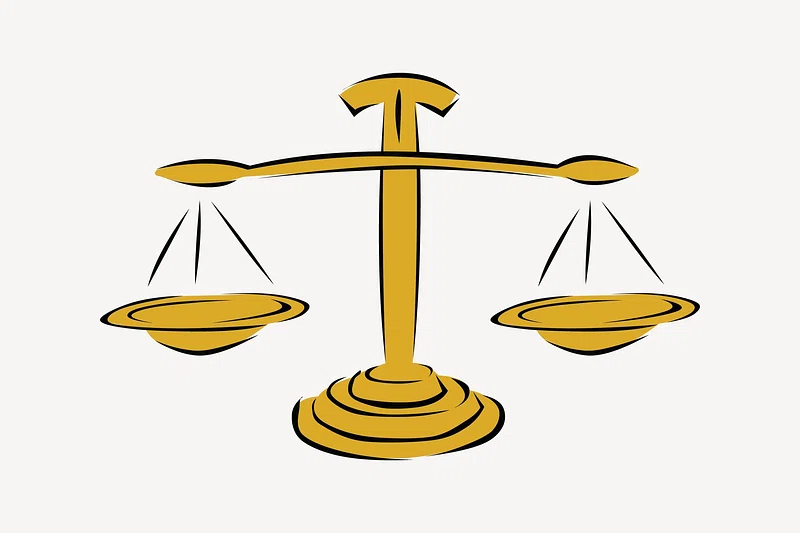The Right to Constitutional Remedies stands as a beacon of hope and justice. It is enshrined in Article 32 of the Indian Constitution under PART III and Article 226 in the case of High Courts. Furthermore, this Fundamental Right has a storied history and has an important part in guaranteeing that justice is accessible to every citizen. In this blog, we will delve into the fascinating history of Article 32, its vital role in upholding democracy, and its enduring significance in contemporary India.
Historical Context
The history of the Right to Constitutional Remedies can be traced back to the early days of the Indian independence movement.
- In the 1920s, Mahatma Gandhi and other movement leaders argued that the British colonial government was violating Fundamental rights.
- Moreover, they demanded that the Government establish a system of Constitutional Remedies to protect these rights.
After independence, the framers of the Constitution understood the importance of protecting individual rights in a newly independent nation striving for justice and equality. Additionally, inspired by the American concept of habeas corpus and other democratic principles, Article 32 was included.

Furthermore, Article 32 of the Indian Constitution states that:
“The Supreme Court shall have the power to issue directions, orders or writs, including writs in the nature of habeas corpus, mandamus, prohibition, quo warranto, and certiorari, whichever may be appropriate, for the enforcement of any of the rights conferred by this Part.”
Consequently, this means that the Supreme Court has the power to issue five varieties of writs to protect the Fundamental Rights of citizens.
Also Read: Who Wrote the Constitution of India?
The Significance of Article 32
Additionally, here is the significance of Article 32:
1. Guardian of Fundamental Rights: Article 32 serves as the guardian of Fundamental Rights. Moreover, it guarantees that these rights are not mere words on paper but tangible guarantees.
2. Checks and Balances: Article 32 allows the judiciary to act as a check on the executive and legislative branches. Hence ensuring that they do not overstep their authority and violate citizens’ rights.
3. Access to Justice: One of the most crucial aspects of Article 32 is that it provides direct access to justice. Since not everyone has the resources to hire a lawyer and go to court, the right allows citizens to file petitions in court without having to pay any fees. Moreover, they can approach the highest court of the land directly.
4. Social Justice: Article 32 has been a potent tool in advancing social justice causes. Landmark judgments such as the Vishakha case (dealing with sexual harassment at the workplace) and the Right to Education case have used Article 32 to bring about significant positive changes in society.
5. Protection from Arbitrary Actions: It acts as a shield against arbitrary state actions. Whenever there is an alleged infringement of Fundamental rights, Article 32 empowers citizens to seek immediate redressal.
Also Read: Right to Freedom (Article 19-22)
What is a Writ?
In simple words, Writs are written orders issued by the Supreme Court of India. They provide Constitutional Remedies to protect the Fundamental rights of citizens from being violated. Interestingly, Writs in the Indian Constitution are borrowed from English law, referred to as Prerogative writs. Furthermore, while Article 32 empowers the Supreme Court to issue writs, Article 226 gives this power to all High Courts of India to issue various writs.
What is a Writ Petition?
A writ petition is a legal document, filed in a court of law. It is filed against the violation of the Fundamental rights of the person by the state or its agencies. Moreover, it assures that the State acknowledges this violation and provides relief by protecting and promoting the rights of its citizens.
Different Types of Writs
Citizens of India can invoke five different types of writs to accommodate their diverse grievances.
| Writ | Purpose |
| Habeas Corpus | In Latin, this term is used to say ‘by what authority’. The writ of Quo Warranto is used to inquire by what legal authority a person is holding a public office. |
| Certiorari | This writ is issued by an upper court to a lower court. It directs the court of law to transfer a case. It can be used to overrule the judgment of a lower court. |
| Prohibition | It is a Latin term that means ‘to forbid’. It is issued by a higher court to a lower court to prevent it from exceeding its jurisdiction. |
| Mandamus | It is a Latin term for ‘we command’.The Mandamus writ is issued to direct a public authority to perform its statutory duty. |
| Quo Warranto | It is a Latin term which means ‘to forbid’. It is issued by a higher court to a lower court to prevent it from exceeding its jurisdiction. |
Also Read: Right to Freedom of Religion ( Article 25-28)
Recent Relevance and Controversies
In recent years, Article 32 has witnessed both appreciation and controversy. Its use in cases related to environmental protection, women’s rights, and civil liberties has been lauded. However, some critics argue that the frequent use of Article 32 to seek remedies for a wide range of issues has led to an excessive burden on the Supreme Court, potentially delaying justice in more critical cases.
The Right to Constitutional remedies, as enshrined in Article 32 of the Indian Constitution, remains a cornerstone of justice and democracy in India. While the debate surrounding its usage persists, there is no denying that Article 32 has played a pivotal role in shaping the social, political, and legal landscape of India.
Related Blogs
Lastly, we hope you liked our blog and gained an understanding of the Right to Constitutional Remedies. Moreover, you may even read more blogs and empower yourself with knowledge regarding Civics and Polity!
 One app for all your study abroad needs
One app for all your study abroad needs













